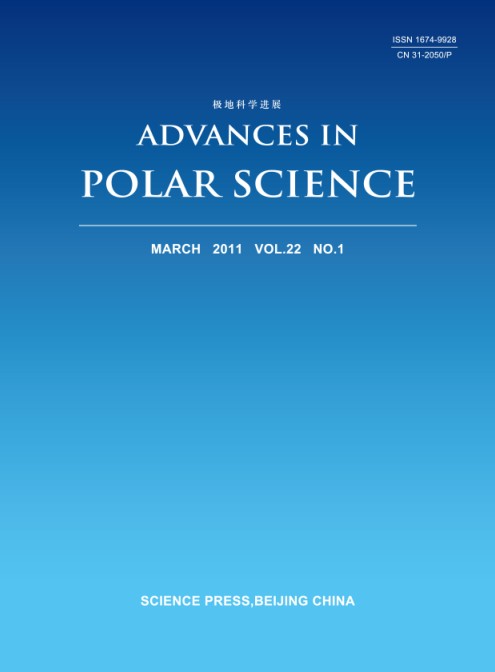Shipboard iron enrichment phytoplankton incubations were carried out in the Prydz Bay, Antarctic, in January through to March 2002. Waters for the three incubations (Exp 1, 2 and 3) were collected from 20 m depth in three stations (St. ⅳ-1, ⅶ-1 and ⅶ-5), respectively. Although the nutrient concentrations in the surface waters of the three stations were consistently high, the Chl a concentrations varied considerably. Chl α concentrations in the 20 m depth of St. ⅳ-1 and ⅶ-1 were 0.13-0.17 μg·dm-3 and 0.20-0.26 μg·dm-3, respectively, while this figure was 2.35-2.65 for St. ⅶ-5. There were six levels of enriched iron concentrations (control 5, 10, 20, 40 and 80 nM) in Exp 1 (6-29th, January) while three enriched iron levels (control 10 and 40 nM) were arranged in Exp 2 and 3 (both were from 20th February to 4 th March). The iron enrichments stimulated the phytoplankton growth and nutrient drawdown in Exp 1 and Exp 2. In Exp 3, phytoplankton growth and nutrient drawdown were at nearly the same rate in the control and iron enriched bottles. In Exp 1, Chl α concentrations in the bottles with 20, 40 and 80 nM iron enrichments grew exponentially to 40-43 μg·dm-3 on the 17th, 17th and 19th day, respectively, with a growth rate of 0.36- 0.38 d-1. Chl a concentration in the bottle enriched with 10 nM iron reached its peak ( 19.35 μg·dm-3) on the 23rd day (growth rate 0.27 d-1). Phytoplankton growth rates in the control bottle and the bottle enriched with 5 nM iron were 0.13 and 0.16 d-1, respectively. In Exp 2, the Chl α growth rates were 0.13, 0.32 and 0.40 d-1 in the control bottle and bottles with 10 and 40 nM iron enrichments, respectively. It seems that 10 nM iron enrichment was not enough to stimulate the phytoplankton to reach their maximum growth rate. The result that the phytoplankton <10 μm bloomed in Exp 1 and 2 was controversial to the “Ecumenical Iron Hypothesis” of Morel et al. (1991) that upon enrichment of iron, phytoplankton >10 μm would grow faster than phytoplankton <10 μm.

